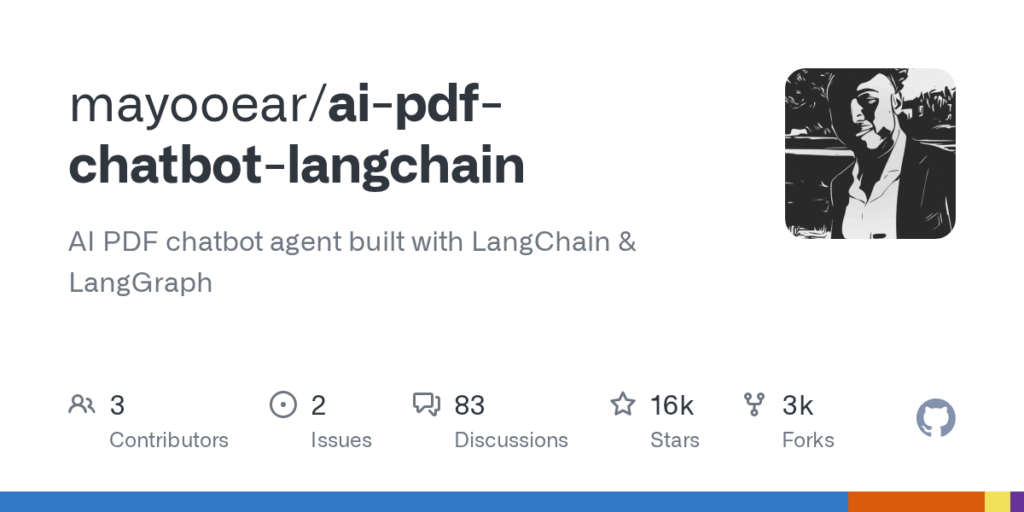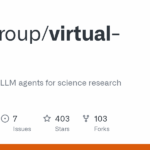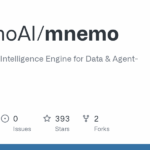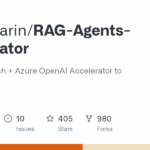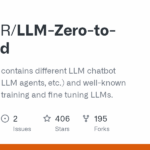ai pdf chatbot langchain
Basic Information
This monorepo is a customizable developer template for building an AI chatbot agent that ingests PDF documents, stores vector embeddings, and answers user queries using LangChain and LangGraph. It provides a Node.js/TypeScript backend with defined LangGraph graphs for ingestion and retrieval and a Next.js React frontend for file uploads, real-time chat and streaming responses. The project demonstrates using Supabase as a vector store and OpenAI (or other LLMs supported by LangChain) for language modeling. It is organized as a Turborepo monorepo with example configuration and environment variable files for local development, and it accompanies the Learning LangChain book as a practical example. The repository is intended for developers who want a ready-made, extendable pipeline for document QA agents and for those learning to orchestrate agent workflows with LangGraph and LangChain.

